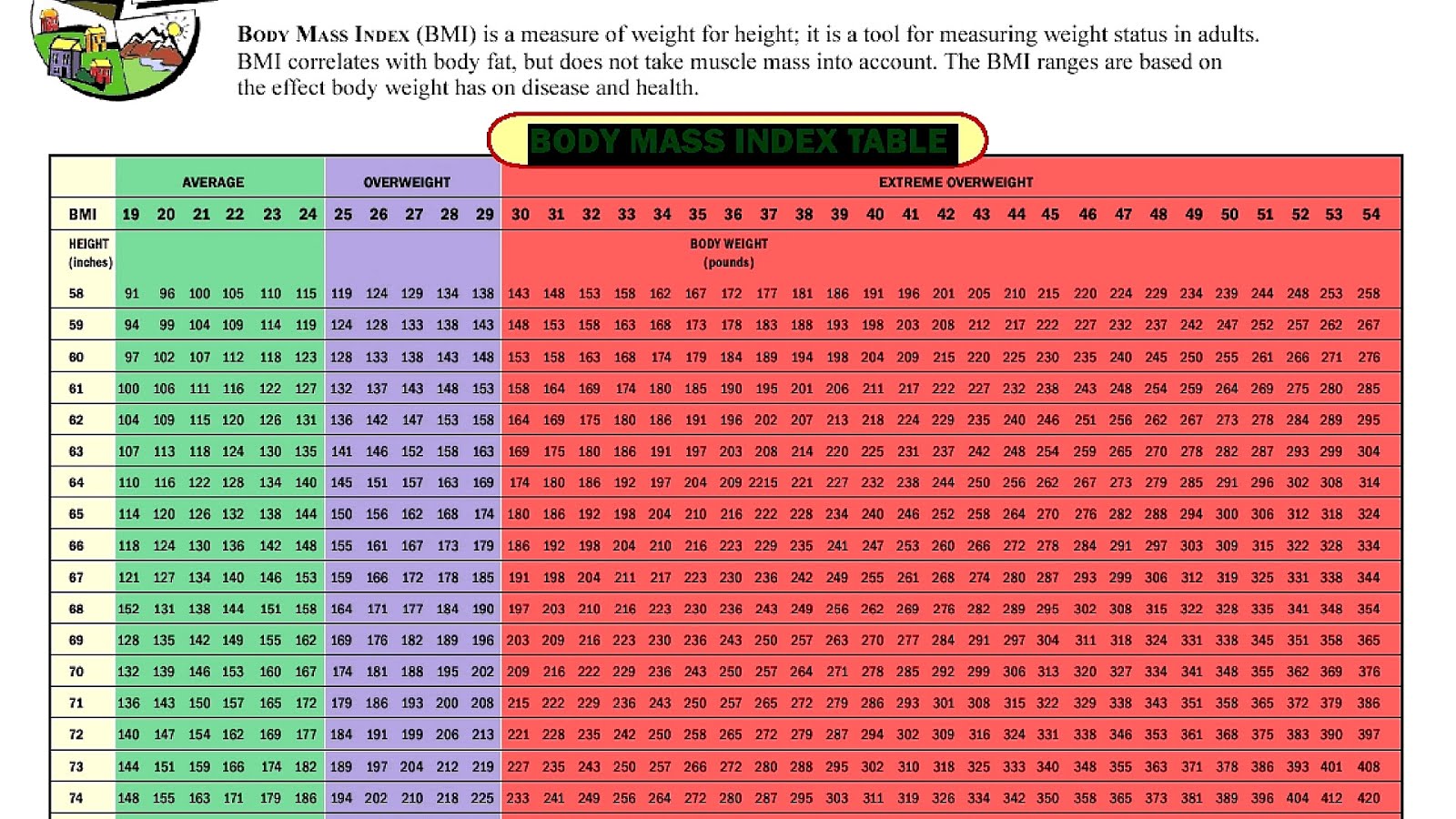

It can raise the risk for problems such as diabetes, hypertension, chronic joint pain, sleep apnea, and psychosocial stress such as bullying and low self-esteem. S cientists have found o besity to be a risk factor for severe illness with COVID-19 infection, for example. Obesity is a serious health concern that can put children at risk for complications that can affect their health in the short- and long-term. Although less common, some medical conditions can cause children to gain or lose weight more easily. Likewise, children above the 85th percentile are likely, but not always, getting too many calories in their diet, not burning up enough calories through physical activity, or both. Children below 5th percentile could have a nutritional shortfall-either not taking in enough calories or burning up more calories than they are getting, or both. Ideally, children should fall in the target ranges between the 5th and 85th percentiles. The BMI percentile-ranges and weight status categories: To find out which category a child is in, pediatricians will use both the BMI number and its corresponding percentile.įor example, a 5-year-old boy with a BMI in the 88th percentile means this child's BMI is higher than 88% of other 5-year-old boys and would be considered in the overweight category. For pediatricians, these are useful categories that can show whether a child is gaining weight too quickly or not quickly enough. The terms underweight, healthy weight, overweight, and obese can be another source of confusion for many parents. Your pediatrician can advise you on ways to strategies that focus on developing and supporting healthy habits at home. The best way to know your child's BMI is to have your child's pediatrician measure and discuss the results with you. Standardized growth chart for a visual comparison, and to help track growth trends over time. For example, a BMI-for-age percentile of 65 means that the child's weight is greater than that of 65% of other children of the same age and sex. children of the same age and sex to determine what's called a BMI percentile. This number is then compared to other U.S. Centers for Disease Control and Prevention: There are also BMI calculators available, such as this one from the U.S.

Multiply their height (in inches) by itself Multiply their weight (in pounds) by 703Ģ. Your pediatrician will measure your child's height and weight with their shoes and heavy clothes off, and then calculate BMI with this formula: Body-Mass Index Formulaġ. Instead of just using the calculated BMI number as we do with adults, BMI percentiles consider children's growth and development to figure out if they are within their healthy weight range. In addition, male and female children have differences in body fat distribution, within a range of normal body shapes and sizes. We know that children are constantly growing, and do so at different rates. It is puts people in weight categories such as underweight, overweight, and obesity.

This number serves as a quick estimate of body fat. In simple terms, a person's Body Mass Index or BMI is a calculated measurement of someone's weight in relation to their height.

But what does it mean, and why is it important to your child's health? Read on for information about how BMI is calculated, what ranges pediatricians like to see in children, and why BMI-while an important screening measurement of health-can have limitations. You may hear the term body mass index or “BMI" during your child's checkups, or even at your own health visits.


 0 kommentar(er)
0 kommentar(er)
